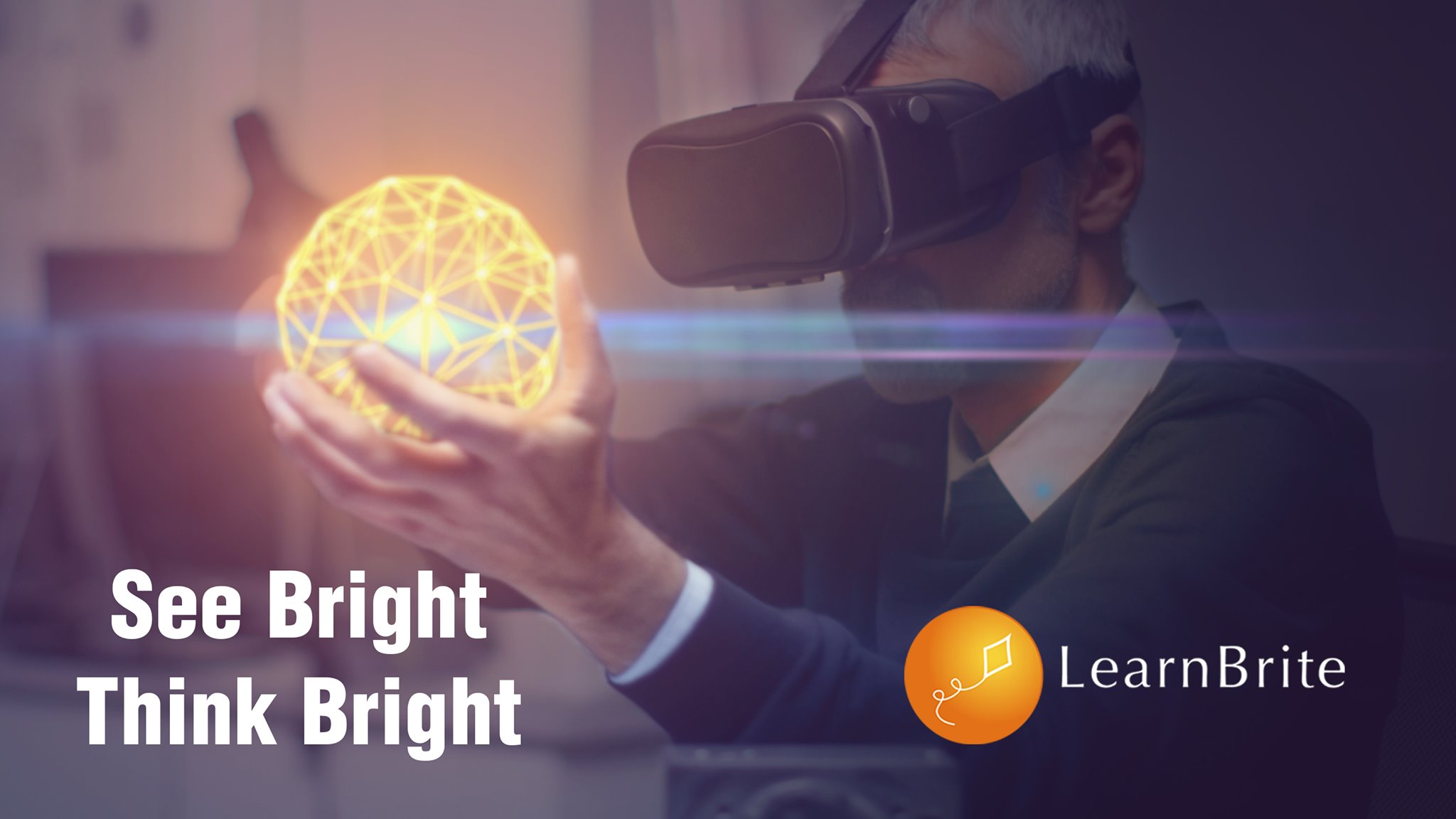Onboarding training programs are essential for organizations seeking to provide new employees with a seamless and engaging transition into their roles. These comprehensive initiatives set the stage for a successful onboarding process and contribute to employee retention, productivity, and overall satisfaction. In this blog post, we will explore the advantages of onboarding programs, discuss various types of training methods available for creating successful onboarding experiences, and analyze how effective implementation can lead to improved compliance and safety standards.
Furthermore, we will examine how implementing these programs effectively can improve an organization’s compliance and safety standards. Finally, we will highlight the advantages of leveraging no-code platforms in developing versatile and accessible onboarding training programs that cater to diverse learning needs.
Table of Contents:
- Benefits of Onboarding Training Programs
- a. Improved Employee Retention
- b. Increased Productivity
- Types of Onboarding Training Programs
- Designing Effective Onboarding Training Programs
- Implementing Onboarding Training Programs Effectively
- Leveraging No-Code Platforms for Onboarding Training Programs
- Frequently Asked Questions Onboarding Training Programs
- Conclusion
1. Benefits of Onboarding Training Programs
These programs can facilitate a seamless transition into the new workplace and significantly boost employee loyalty, performance, involvement and conformity to safety regulations. In this section, we will explore the benefits of onboarding training programs.
a. Improved Employee Retention
A well-structured onboarding program helps reduce turnover rates by ensuring new hires feel welcomed and supported from day one. When employees comprehend their designated duties and have access to the resources they need, they are more likely to remain devoted to their work for extended durations.
b. Increased Productivity
New hire compliance training is crucial in helping employees understand organizational policies and procedures early in their company tenure. This knowledge enables them to perform tasks efficiently without making costly mistakes or wasting time seeking clarification from colleagues or supervisors later.
Onboarding training programs offer numerous benefits to organizations, such as improved employee retention, increased productivity, enhanced engagement and improved compliance with safety standards. With the right no-code platform for immersive 3D experiential learning scenarios, these onboarding training programs can be designed to meet specific organizational needs.
Key Takeaway:
A no-code platform is being developed to create 3D immersive learning scenarios for various training programs, including onboarding. This platform will allow for self-paced or instructor-led courses and incorporate gamified elements and role-play simulations to enhance the learning experience.
2. Types of Onboarding Training Programs
In today’s fast-paced business environment, providing new hires with a comprehensive and engaging onboarding experience that caters to their unique learning preferences is essential. Various types of onboarding training programs are available, each designed to address specific needs and requirements. In this area, we’ll investigate different prevalent designs like self-guided educational modules; teacher drove classes, microlearning units, gamified learning encounters and job play reenactments.
a. Self-Paced Learning Modules
Self-paced learning modules provide flexibility for employers and employees, as they can accommodate varying schedules and individual learning styles. This onboarding education offers flexibility for the organization and the employee by accommodating different schedules and individual learning styles.
b. Instructor-Led Courses
Instructor-led courses involve an experienced trainer guiding new hires through a structured curriculum in real-time sessions or in-person or online workshops via video conferencing tools like Zoom or Microsoft Teams. These interactive sessions can foster group discussions among participants, which help build camaraderie among team members while providing opportunities for immediate feedback from trainers.
c. Microlearning Modules
Microlearning modules consist of short bursts of focused content that cover specific topics within the larger scope of an onboard training program— ideal for busy employees who may not have the time to dedicate to longer training sessions. These bite-sized learning resources can be easily accessed and consumed on demand, making them a convenient option for reinforcing key concepts or skills.
d. Gamified Learning Experiences
Integrating game elements into an onboarding learning experience can make it more engaging and enjoyable for new hires. Gamified learning experiences often include reward systems, leaderboards, badges, or other incentives that motivate employees to complete tasks and achieve objectives while promoting friendly competition among peers.
e. Role-Play Simulations
Role-play simulations provide a safe environment where new hires can practice their newly acquired skills in realistic scenarios without any real-world consequences. This type of experiential learning allows employees to apply theoretical knowledge directly in practical situations, boosting confidence levels before they face similar challenges on the job.
Incorporating these diverse onboarding training programs within your organization will ensure that you cater to various employee preferences while providing comprehensive coverage of essential topics such as company culture, policies, procedures, compliance requirements and role-specific skillsets required for success in their new roles.

Onboarding training programs come in various formats, from self-paced learning modules to role-play simulations. With the right design elements, these can be highly effective tools for introducing new employees to their roles and responsibilities.
Key Takeaway:
A no-code platform is being developed to create immersive 3D learning scenarios for various training programs, including onboarding. The platform aims to provide self-paced or instructor-led courses, micro-learning modules, gamified learning experiences and role-play simulations.
3. Designing Effective Onboarding Training Programs
An effective onboarding training program is essential for ensuring that new hires are well-equipped to succeed in their roles and contribute positively to the organization’s goals. This section will guide how to design impactful onboarding training programs by establishing clear objectives and goals, creating engaging content, utilizing immersive 3D experiential learning scenarios, and incorporating soft skills training.
a. Establish Clear Objectives and Goals
Setting up a successful onboarding program necessitates defining objectives and aims compatible with the organization’s demands and those of its new employees. Begin by identifying the key competencies required for each role within your company and any specific compliance or safety requirements relevant to these positions. Next, develop measurable performance indicators (KPIs) that can be used to track progress toward achieving these objectives throughout the onboarding process.
b. Create Engaging Content
The effectiveness of an onboarding education program largely depends upon its ability to engage learners actively from start to finish; thus, crafting compelling content should be a top priority during the development stages. Incorporate multimedia elements such as videos/animations/images/audio clips wherever possible – they make lessons more enjoyable and cater better towards diverse learning styles/preferences among participants.
- Include real-life examples/case studies pertinent specifically toward targeted industries/job functions;
- Incorporate interactive components like quizzes/games/simulations which encourage active participation rather than passive consumption;
- Provide opportunities for peer collaboration through discussion forums/group projects where appropriate;
- .
c. Utilize Immersive 3D Experiential Learning Scenarios
One of the most innovative ways to enhance onboarding learning is by incorporating immersive 3D experiential learning scenarios into your training program. These virtual environments allow new hires to practice essential skills and apply knowledge in a safe, controlled setting – all while receiving real-time instructor feedback or AI-powered coaching systems. By simulating realistic workplace situations (e.g., customer service interactions/negotiations/team collaborations), learners can develop confidence/competence more rapidly than traditional methods alone might permit.
d. Incorporate Soft Skills Training
While technical expertise remains critical within many roles today, soft skills such as communication/problem-solving/emotional intelligence have become increasingly important across every industry sector globally; thus, they must feature prominently throughout any comprehensive onboarding workshop agenda. Consider offering dedicated modules focused specifically on cultivating these abilities among participants – whether through role-play exercises/group discussions/self-reflection activities/etcetera – to better prepare them for success and to foster stronger working relationships between colleagues moving forward.
Designing effective onboarding training programs requires careful planning and execution, ensuring objectives are met while creating engaging content. Organizations can ensure their onboarding training program successfully achieves desired outcomes by implementing a comprehensive plan for rollout and providing access to resources and support.
A poor onboarding experience can have negative consequences for new employees and the organization as a whole. Ineffective employee onboarding, which may lack proper orientation, training, or support, can make new hires feel disconnected, disengaged, and unprepared for their roles. Building rapport, which involves fostering positive relationships between new hires and team members or senior leaders, is an important element of a successful onboarding experience.
However, if rapport-building activities are neglected or poorly executed, it can contribute to a negative onboarding experience for new employees. It’s crucial for organizations to prioritize effective employee onboarding and ensure that rapport-building strategies are implemented to avoid a poor onboarding experience and create a positive and supportive onboarding experience.
From immersive learning initiatives to always-on events, LearnBrite allows you to run evergreen experiences that delight attendees and generate sponsor leads on autopilot. Your Metaverse becomes a hub of engaging and interactive experiences that continue to captivate and inspire, providing continuous value and driving attendee engagement and sponsor opportunities without constant manual effort.
Key Takeaway:
A no-code platform is being developed to create 3D experiential learning scenarios for various training programs, including onboarding. The platform will allow users to produce immersive and engaging content without needing coding skills or technical expertise.
4. Implementing Onboarding Training Programs Effectively
This section will discuss developing a comprehensive rollout plan, providing access to resources and support, monitoring progress and evaluating results.
a. Develop a Comprehensive Plan for Rollout
A detailed rollout plan is essential for the seamless implementation of your onboard training program. Begin by identifying key stakeholders involved in the process, such as HR professionals, managers, trainers, and IT personnel. Next, establish clear timelines for each program phase – from content development to delivery – while considering factors like employee availability or potential scheduling conflicts.
- Create an actionable timeline with milestones and deadlines.
- Communicate expectations clearly with all stakeholders involved.
- Ensure necessary tools and technology are available before launching the program.
b. Provide Access to Resources and Support
Employees must easily access relevant resources, such as manuals or guides related to their job role, to facilitate effective learning during onboarding education sessions. Additionally, provide them with support through dedicated channels like helpdesks or mentors who can assist them throughout their learning journey:
- Mentorship: Assign experienced team members who can guide new hires through any challenges they may face during their onboarding experience.
- Dedicated Helpdesk: Establish a helpdesk specifically designed to address questions or concerns during onboarding and training.
- Online Resources: Develop a centralized repository of resources, such as videos, articles, or FAQs related to the job role or company culture.
c. Monitor Progress and Evaluate Results
Regularly monitoring progress throughout your onboarding workshop is essential for identifying areas where new hires may need additional support or guidance. Data on how the onboarding workshop is going can be gathered through various approaches, such as tests, assessments, surveys and personal meetings with trainers or mentors. Evaluating results will help determine the effectiveness of your program while also highlighting opportunities for improvement:
- Gather feedback from participants about their learning experiences.
- Analyze assessment scores to identify knowledge gaps that require further attention.
- Review engagement metrics (e.g., time spent on activities) to assess overall participation in the program.
Incorporating these best practices into your implementation strategy will ensure a successful rollout of your onboarding training programs – ultimately leading to better employee retention rates and improved productivity within your organization.
Organizations can implement onboarding training programs by creating a comprehensive rollout plan, providing access to resources and support, monitoring progress, and evaluating results. Leveraging no-code platforms can help streamline development processes while saving costs, increasing scalability, and improving accessibility.
Key Takeaway:
A no-code platform is being developed to create 3D immersive learning scenarios for various training programs, including onboarding. This will allow companies to provide engaging and interactive experiences for their employees without requiring advanced technical skills or resources.
5. Leveraging No-Code Platforms for Onboarding Training Programs
These platforms enable instructional designers and learning professionals to create immersive 3D experiential learning scenarios without the need for coding expertise.
a. Streamlined Development Processes
No-code platforms like LearnBrite simplify the process of creating engaging onboarding education content by offering a user-friendly interface with drag-and-drop functionality. This enables instructional designers to quickly build self-paced or instructor-led courses, microlearning modules, gamified learning experiences, role-play simulations and more without relying on developers or extensive programming knowledge.
b. Cost Savings
- Reduced development time: With no-code platforms streamlining the creation process of onboarding training materials, organizations can save time and money that would have been spent hiring developers or investing in lengthy development cycles.
- Ease of maintenance: Updating course content becomes much easier using these tools as they allow quick modifications without needing technical assistance from programmers.
- Budget-friendly solutions: Many no-code platform providers offer affordable subscription plans suitable for businesses of all sizes looking to implement effective onboard training programs while keeping costs under control.
c. scalability
No-code platforms provide an excellent solution for scaling up your organization’s onboarding trainer resources as needed over time due to their flexible nature and ease-of-use features, such as templates and reusable components that help streamline content creation. This allows for the rapid development of new hire compliance training and onboarding workshops to accommodate organizational growth or changing industry requirements.
d. Accessibility
No-code platforms for onboarding learning can provide employees with access to content from a range of devices, thereby ensuring they have the necessary materials regardless of their location or device. This ensures that employees can access crucial onboarding and training materials at any time, regardless of location or device preference.
By employing a no-code platform like LearnBrite, you can simplify onboarding while experiencing cost reductions, scalability and accessibility. By effectively leveraging these tools within your onboard training program design and implementation processes, you’ll set your company and its newest team members up for success.
Key Takeaway:
A no-code platform is being developed to create 3D experiential learning scenarios for various training programs such as onboarding, micro-learning modules and soft skills training. The aim is to provide immersive and gamified simulations that can be self-paced or instructor-led.
Frequently Asked Questions Onboarding Training Programs
What are the 5 C’s of onboarding?
The 5 C’s of onboarding include Compliance, Clarification, Culture, Connection, and Confidence. These elements help new employees understand their roles and responsibilities, become familiar with company policies and Culture, build relationships with colleagues, and develop confidence in their abilities to perform their jobs effectively.
What are the 4 C’s of effective onboarding?
The 4 C’s of effective onboarding consist of Compliance (understanding rules and regulations), Clarification (clearly defining job expectations), Culture (acclimating to organizational values), and Connection (establishing interpersonal relationships). Organizations can improve employee engagement and retention by addressing these areas during the onboarding process.
What is an onboarding training program?
An onboarding training program is a structured approach designed to integrate new employees into an organization by providing them with essential knowledge about company policies, procedures, Culture, and job-specific skills. The goal is to ensure newcomers feel supported while quickly becoming productive team members.
How important is onboarding training?
Onboarding training improves employee retention rates by helping new hires adapt smoothly. It also increases productivity through faster learning curves for necessary skills while fostering positive work environments that promote collaboration among team members leading to overall business success.
Conclusion
Onboarding training can efficiently guarantee that new employees possess the required knowledge and capabilities. By leveraging no-code platforms, instructional designers and learning professionals can create immersive 3D experiential learning scenarios tailored specifically for onboarding training programs. Organizations will be better equipped to foster a successful working onboarding programs environment from day one of a new hire’s journey when designing, implementing, and managing these onboarding training programs effectively with clear objectives and measurable outcomes.
Secure the future of your Metaverse with LearnBrite’s cutting-edge browser-based platform that allows seamless access on smartphones, tablets, laptops, and VR/AR headsets, without the need for downloads or software installations. Stay ahead of the curve and ensure universal accessibility for all users, making your Metaverse experience truly inclusive and future-proof.
Take the hassle out of onboarding training with LearnBrite‘s no-code platform. Create immersive 3D experiential learning scenarios for self-paced or instructor-led courses, micro-learning modules and more to ensure successful employee onboarding.



Recent Comments